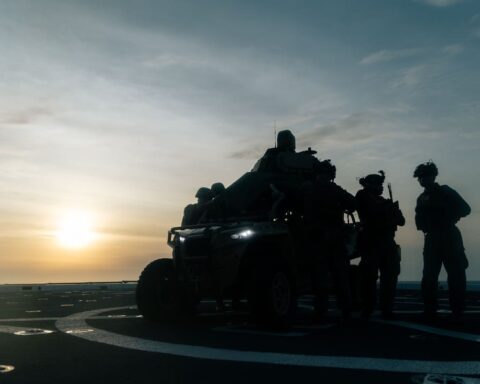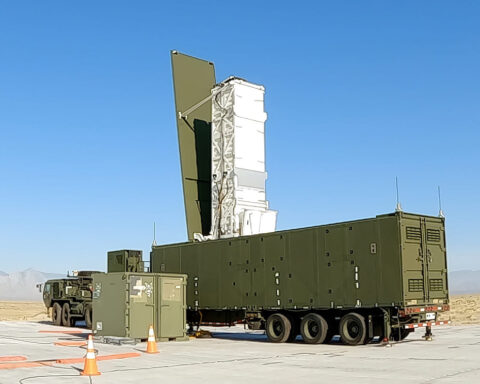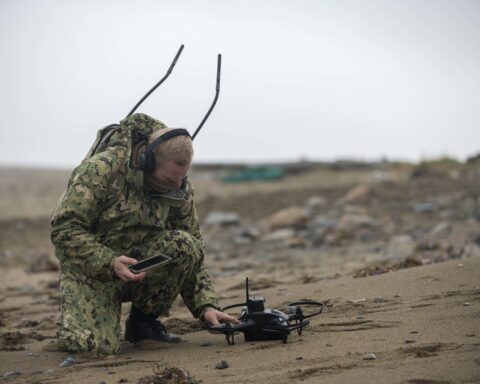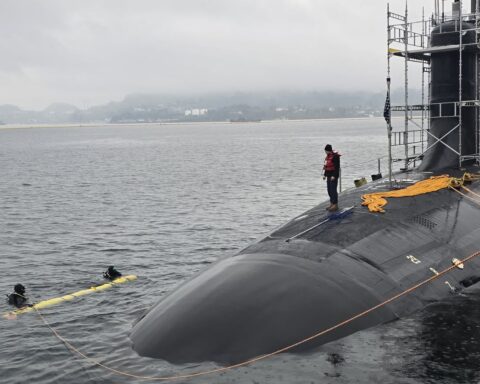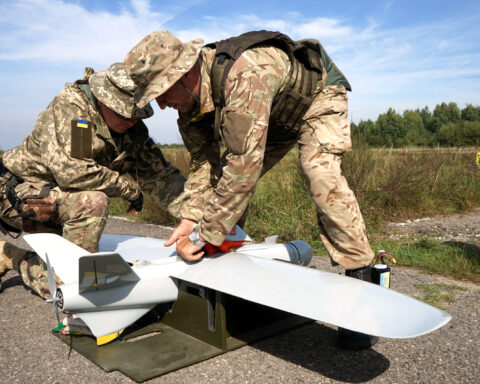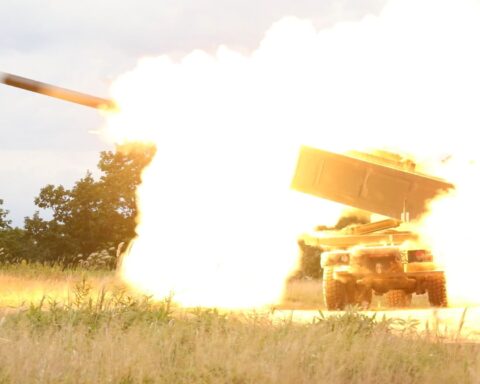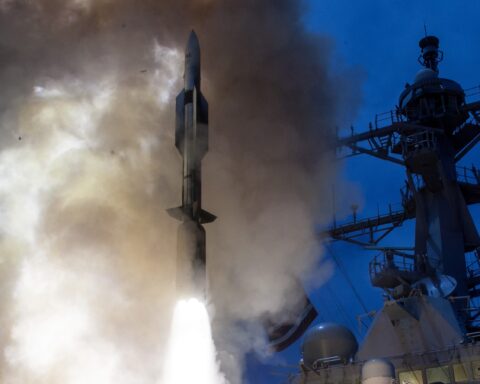
Rafael Introduces L-SPIKE 4X High-Speed Loitering Munition
Rafael’s U.S. subsidiary introduced a rocket-powered loitering munition, the L-SPIKE 4X, during the Association of the United States Army exhibition in mid-October. The company presents it as a “Launched Effect” that complements the wider SPIKE family and uses legacy SPIKE launchers and


